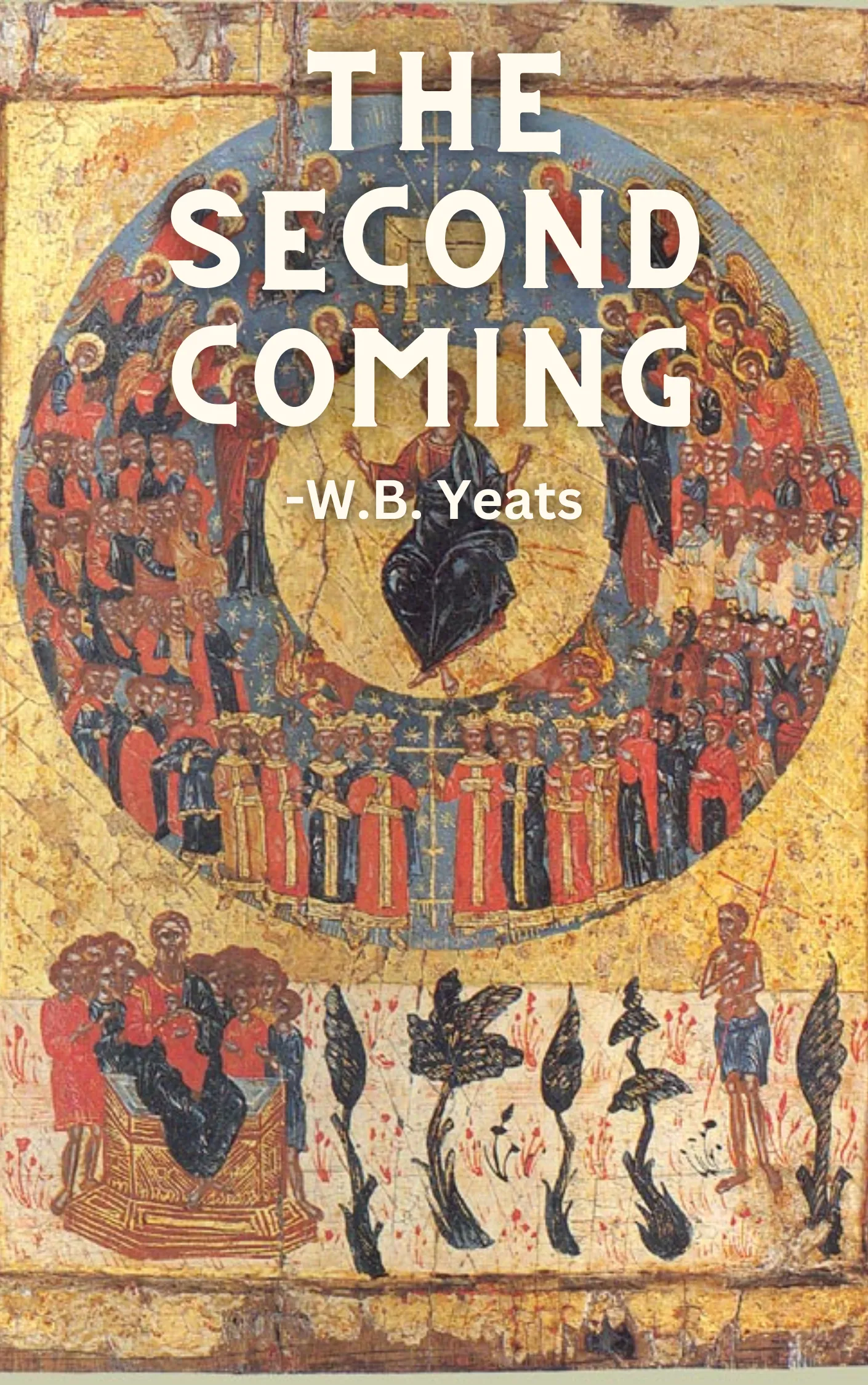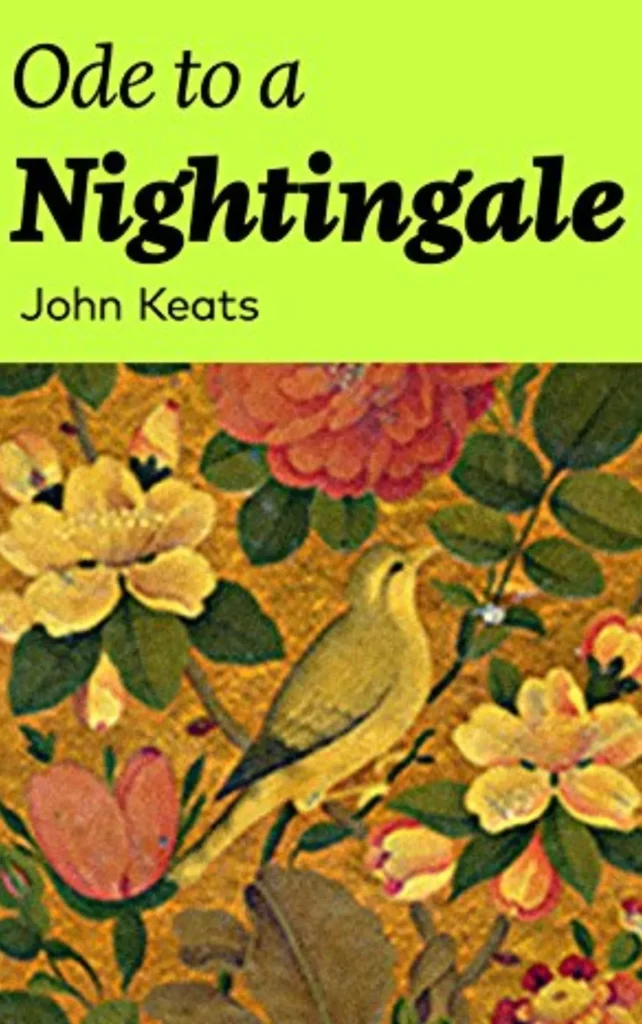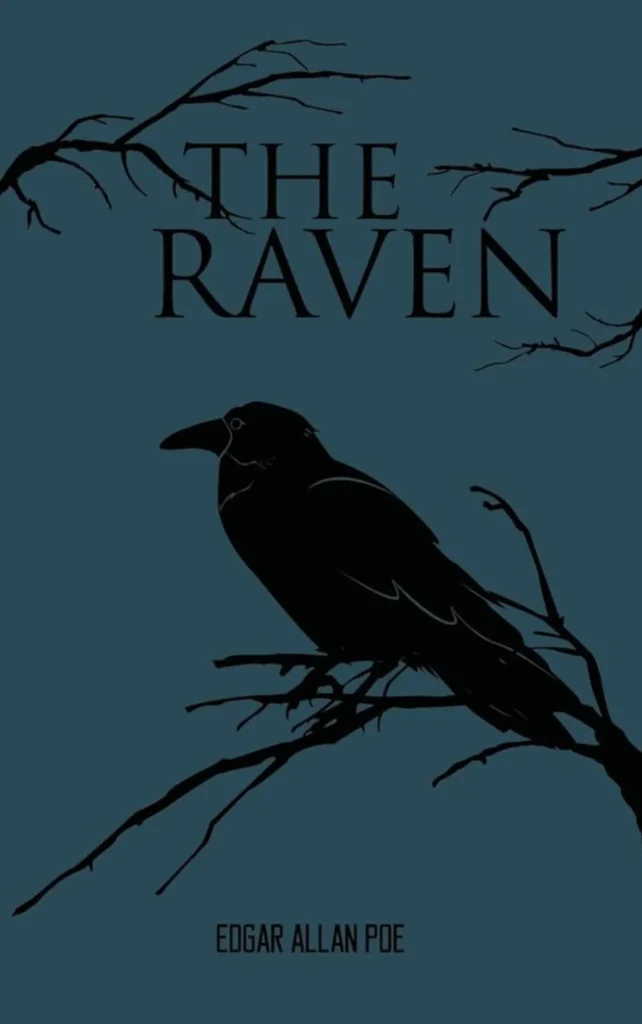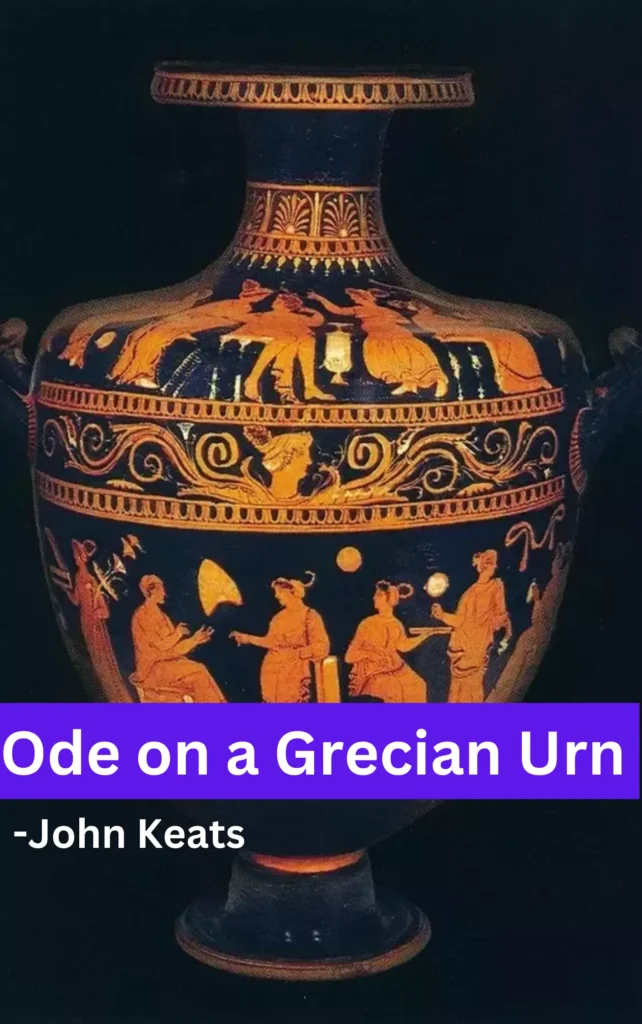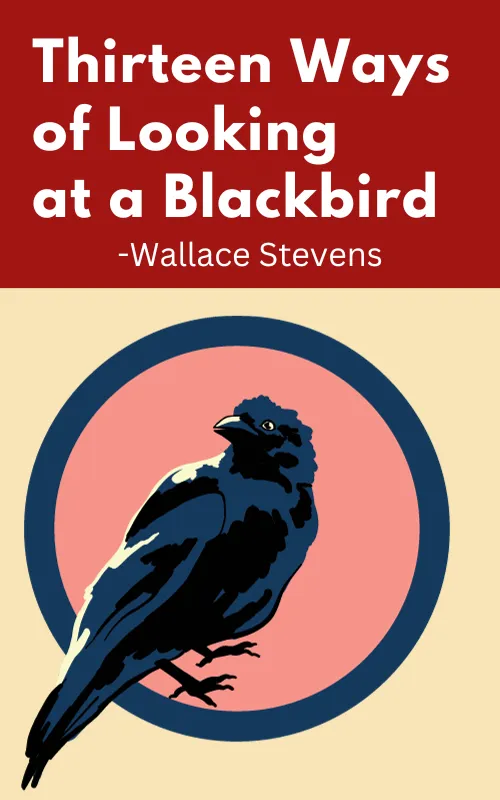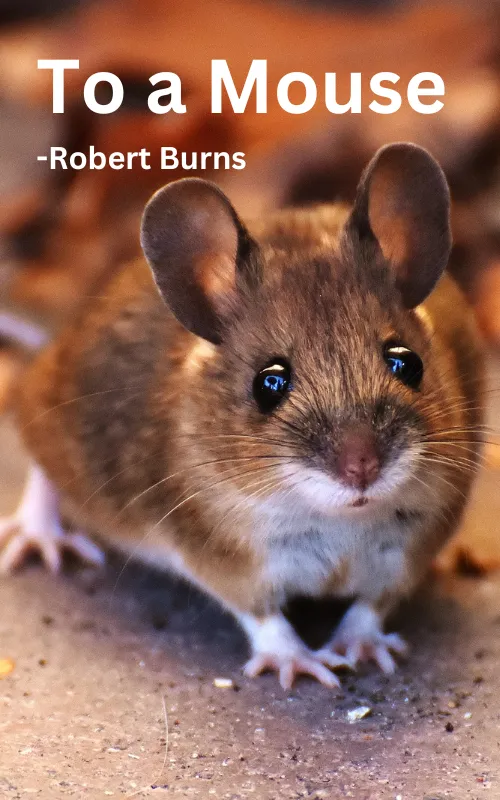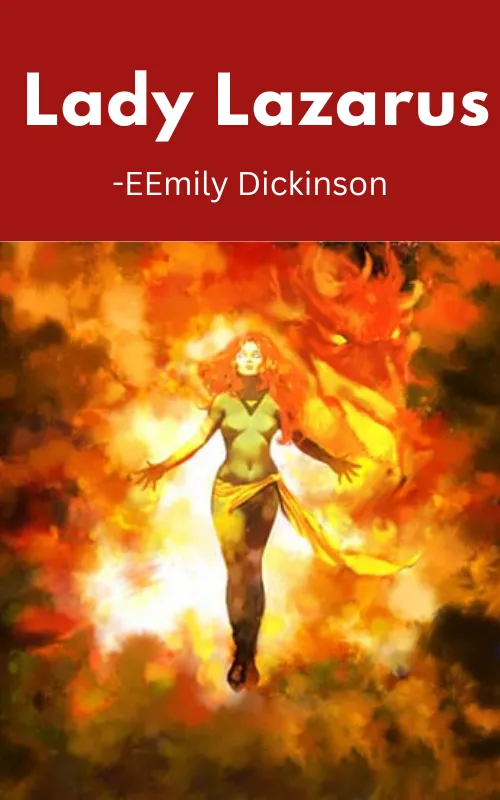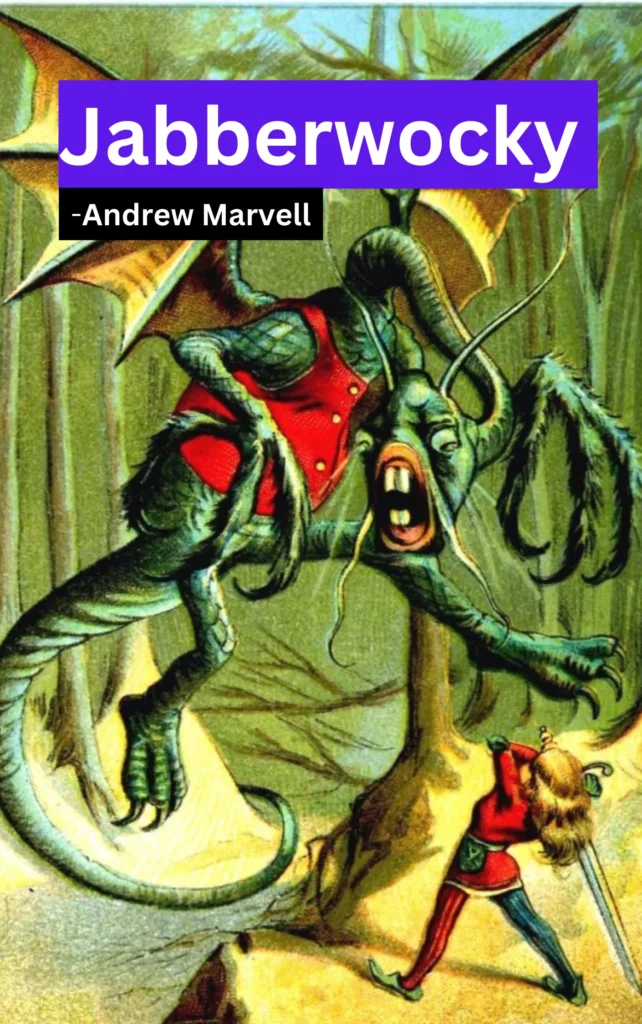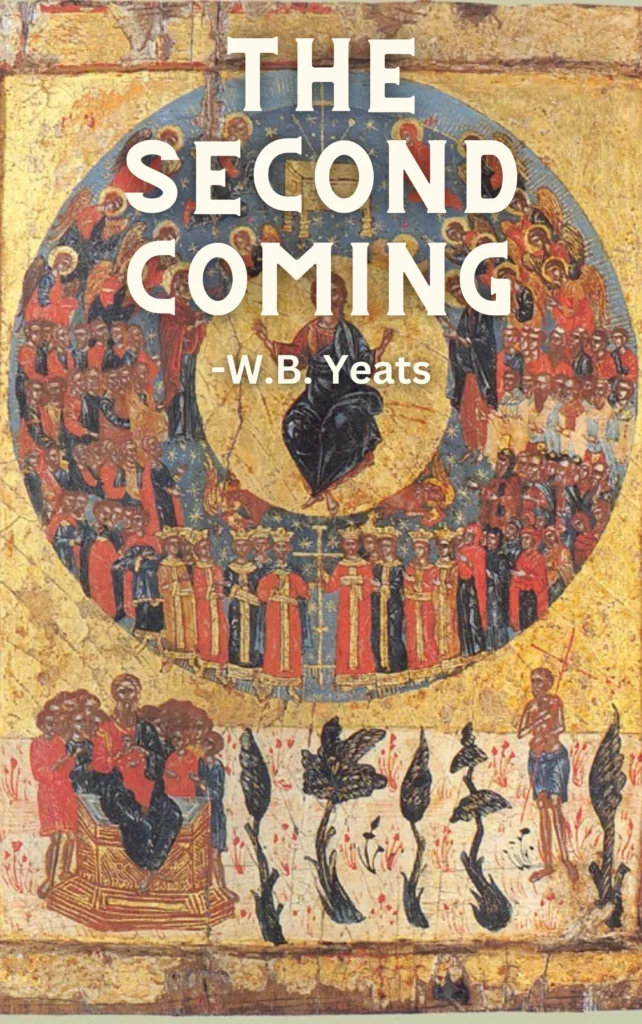
About Poem- The Second Coming
| Poem Title | The Second Coming |
| Author | W.B. Yeats |
| Genre | Apocalyptic poetry |
| Publication date | 1920 |
| Speaker | The poet |
| Setting | A post-apocalyptic world |
| Subject | The poet’s vision of the coming end of the world |
| Themes | Violence, chaos, disorder, the end of the world, the birth of a new order |
The Second Coming Poem
Turning and turning in the widening gyre
The falcon cannot hear the falconer;
Things fall apart; the centre cannot hold;
Mere anarchy is loosed upon the world,
The blood-dimmed tide is loosed, and everywhere
The ceremony of innocence is drowned;
The best lack all conviction, while the worst
Are full of passionate intensity.
Surely some revelation is at hand;
Surely the Second Coming is at hand.
The Second Coming! Hardly are those words out
When a vast image out of Spiritus Mundi
Troubles my sight: somewhere in sands of the desert
A shape with lion body and the head of a man,
A gaze blank and pitiless as the sun,
Is moving its slow thighs, while all about it
Reel shadows of the indignant desert birds.
The darkness drops again; but now I know
That twenty centuries of stony sleep
Were vexed to nightmare by a rocking cradle,
And what rough beast, its hour come round at last,
Slouches towards Bethlehem to be born?
The Second Coming Summary & Analysis
The Second Coming is a renowned poem written by W.B. Yeats in 1919, during the aftermath of World War I and in the midst of political and social upheaval in Ireland. The poem is structured in three stanzas, each of which provides a unique perspective on the state of the world and the impending arrival of a new era.
Stanza 1
In the first stanza, Yeats paints a bleak picture of a world in chaos. He uses the phrase “things fall apart” to signify a sense of disintegration and anarchy. The image of the falcon, no longer able to hear the falconer, symbolizes the loss of control and order. It reflects the breakdown of traditional values, morals, and authority figures. Yeats speaks of “anarchy” and “mere anarchy,” emphasizing the chaotic and turbulent state of society, where the center can no longer hold. The mention of “blood-dimmed tide” suggests violence and conflict. Overall, this stanza introduces the idea of a world spiraling into chaos and a sense of impending doom.
Stanza 2
The second stanza delves deeper into the grim landscape. Yeats introduces the image of a “vast image out of Spiritus Mundi,” which can be interpreted as a premonition or a vision of what is to come. This spirit or collective consciousness has been released into the world, and it is bringing about a series of disturbing changes. Yeats employs vivid and ominous imagery, describing the birth of a strange creature resembling a sphinx with the body of a lion and the head of a man. This monstrous figure represents a new and ominous force emerging in the world, hinting at a destructive transformation.
The phrase “a gaze blank and pitiless as the sun” portrays an indifferent and harsh outlook that this new force possesses. It suggests that this emerging power has no compassion for humanity. The stanza conveys a sense of foreboding, as if a malevolent force is about to unleash its havoc on the world.
Stanza 3
The final stanza hints at a reckoning, where the “twenty centuries of stony sleep” are coming to an end. This suggests a long period of dormancy or stagnation is concluding. The phrase “revelation is at hand” implies that some profound revelation or transformation is imminent. Yeats uses the biblical reference to “the Second Coming” of Christ, but he subverts it, suggesting that a new kind of messiah or force is about to enter the world.
The stanza concludes with the iconic lines: “And what rough beast, its hour come round at last, / Slouches towards Bethlehem to be born?” This enigmatic imagery describes the birth of a monstrous, enigmatic being, foretelling that a significant and unsettling change is about to occur. The choice of Bethlehem, a symbol of birth and rebirth in Christianity, adds to the eerie juxtaposition of the old and the new, the divine and the profane.
FAQs – The Second Coming
What is the meaning behind The Second Coming?
The meaning behind W.B. Yeats’ poem “The Second Coming” is that the world is on the verge of a cataclysmic change, and that the old order is dying and giving way to a new one.
What is the main theme of The Second Coming?
The main theme of “The Second Coming” by W.B. Yeats is the pervasive sense of chaos, uncertainty, and the impending arrival of a destructive force in the world.
What is the rough beast in The Second Coming?
The rough beast symbolizes an ominous, destructive force or transformation that is about to emerge in the world.
What will happen in Judgement day?
According to the poem “The Second Coming” by W.B. Yeats, the end of the world will be a time of chaos and violence, but it will also be the birth of a new order.
What is the rapture in the Bible?
The Rapture, according to some Christian traditions, is the event by which Jesus Christ will return to Earth and collect his followers (the living and the dead) to take them to Heaven.
What does Bethlehem symbolize in The Second Coming?
Bethlehem symbolizes a place of rebirth or transformation, but it is used in an eerie and foreboding context to suggest the birth of a malevolent and disruptive force in the world.

